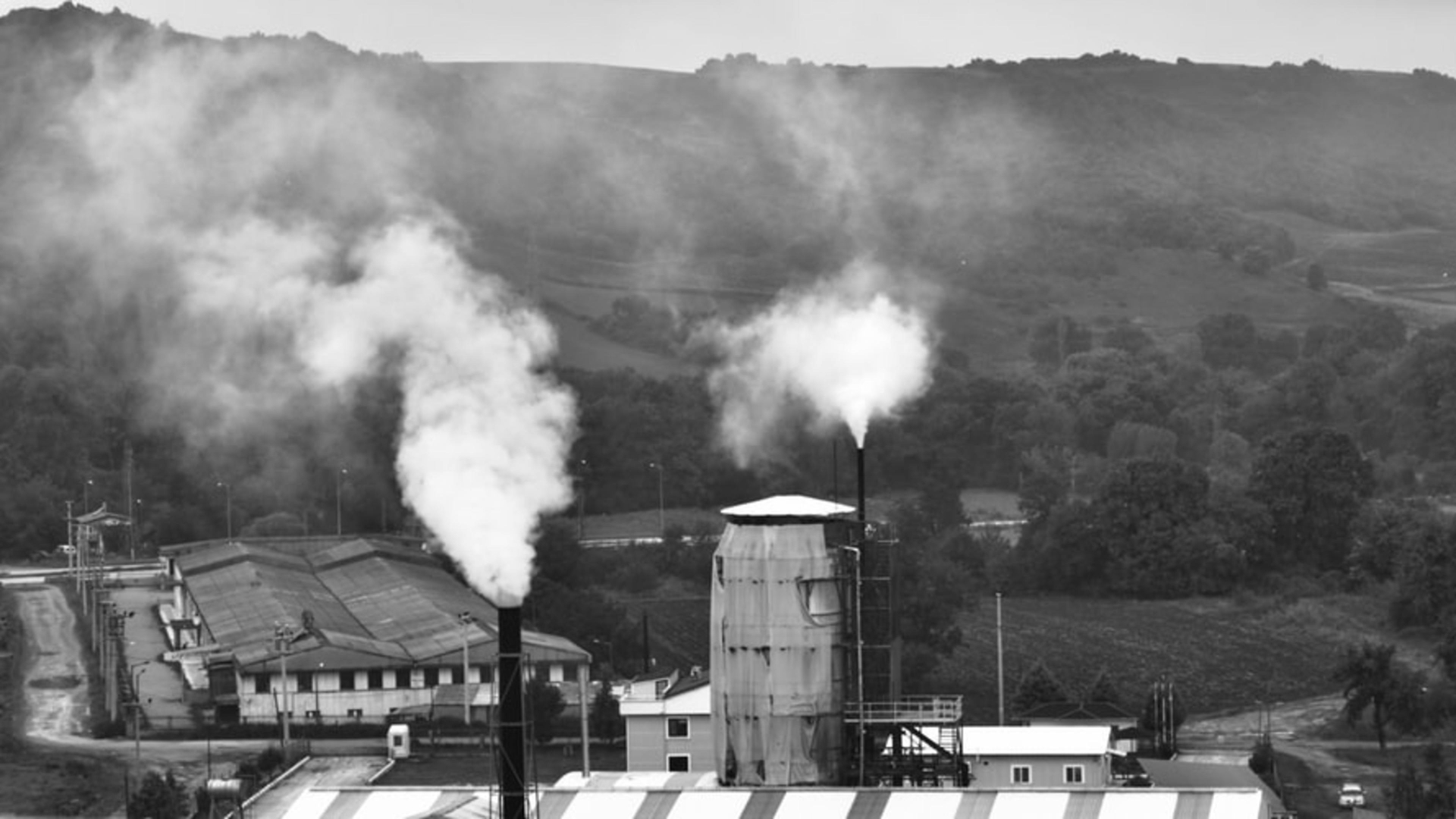But, sadly, the reputation isn’t wholly undeserved. I will tackle the traffic at another time, but I want to focus on pollution here. In fact, in 1992 the United Nations named Mexico City “the most polluted city on the planet,” causing some 1,000 deaths and 35,000 hospitalizations per year.
Thus, it was with some trepidation that we planned a visit here in May 2019. Our visit could not have been more poorly timed. Besides the regular garden variety of pollution, smoke from nearby forest fires contributed to CDMX officials declaring an “environmental emergency,” where particulate matter reached more than six times the World Health Organization’s daily recommended limit.
An Environmental Emergency

It was recommended that people stay indoors, where possible. Schools didn’t allow children out for recess, and Mexico’s football league even postponed one of their matches (now that’s serious!)
A smoky haze enveloped the typically visible mountains surrounding this city. Lots of inhabitants donned facial masks reminiscent of what we’ve seen in places like Beijing or New Delhi.
Some things will not change.
Being surrounded by mountains and located 2,000 meters above sea level means that it is difficult for pollutants to disperse and the air is thinner so that said pollutants remain closer to the ground.
And then, of course, there’s the never-ending traffic congestion.
Taking Some Steps
The city is well aware of the issue and trying to make strides. Over the past few years, they have set new emissions standards for heavy-duty vehicles. There is now an air quality forecasting system that alerts the public of a “high pollution event” 24 hours ahead of time.

There are several major initiatives that include better solid waste management, more energy-efficient buildings, less burning of agricultural waste, and constant improvements to the very well-developed mass transportation system.
And yet—call us crazy—we returned in September for a four-month stay because we loved visiting this city just that much.
This time, the mountains are clearly visible most days and we are much more cognizant of how many people were taking advantage of the convenient bike-sharing system known as ECOBICI.
When I walk along the city streets these days and enjoy the ubiquitous greenness of practically every street, big or small, and the bountiful flora that the almost perfect climate allows, I’m not thinking about pollution. Nor, it would seem, would the other some 20 million people, including at least one million expats, that call this greater metropolitan area their home.
I’m taking in a deep breath and hoping that things will continue to improve in the future.
Are you living in a city afflicted with air pollution? How are you coping?
by: Eileen Brill-Wagner


